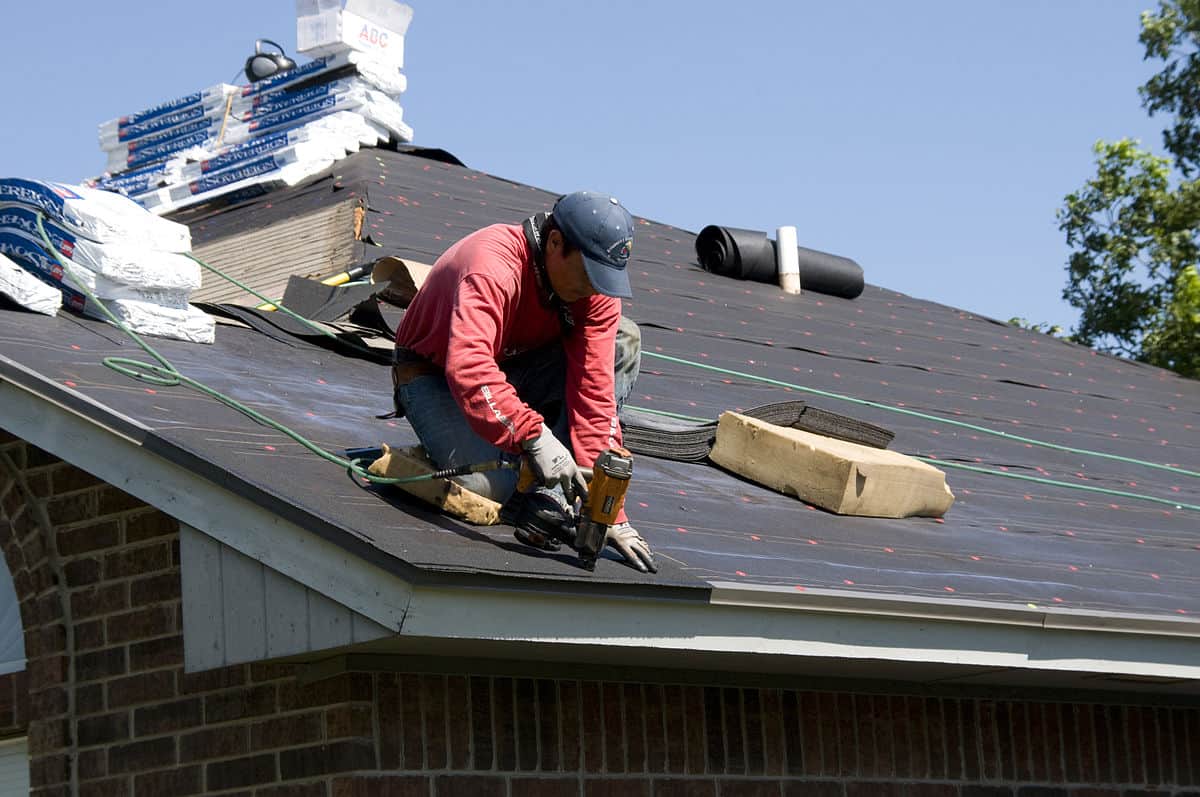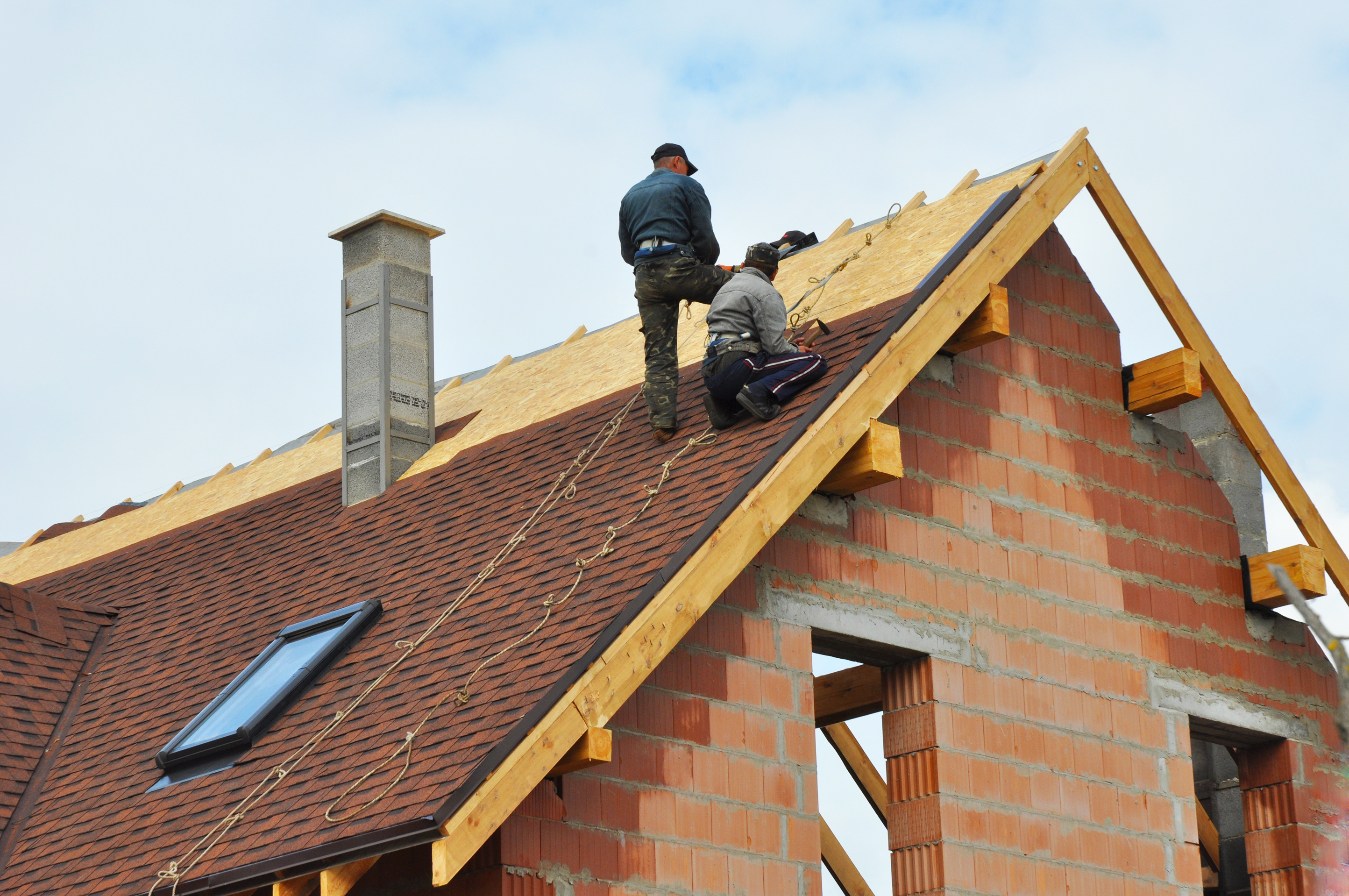Contrasting Costs Among Roofing Companies in Gainesville Florida
Contrasting Costs Among Roofing Companies in Gainesville Florida
Blog Article
Best Practices for Ensuring Appropriate Roof Air Flow
Guaranteeing correct roof covering ventilation is essential for the longevity and efficiency of a roof. A well balanced consumption and exhaust air vent proportion, frequently 1:300, plays a critical function, with consumption vents ideally placed at the reduced edge of the roof for awesome air entrance and exhaust vents at the optimal for warm air departure. Normal assessments to recognize blockages and keep clear airflow are critical. In addition, maintaining insulation away from vents is crucial to stop airflow limitation. Comprehending these fundamental aspects sets the stage for more thorough understandings right into installment and maintenance practices that can dramatically boost your roofing system's efficiency.
Understand Air Flow Basics
Correctly recognizing air flow basics is necessary for ensuring the longevity and efficiency of roof. Efficient ventilation alleviates moisture buildup and temperature extremes in the attic room, both of which can result in substantial structural damages gradually. A well-ventilated roofing aids in stopping typical problems such as mold development, wood rot, and ice dams, which can compromise the integrity of the roof materials and the underlying frameworks.
The key objective of ventilation is to help with the activity of air, allowing for a regular exchange between the interior and exterior atmospheres. This equilibrium is accomplished through a mix of intake and exhaust vents that function together to preserve optimum air flow. Consumption vents, normally situated along the soffits or eaves, allow fresh air to get in the attic space, while exhaust vents, often located at or near the roof ridge, enable hot, humid air to run away.
Key aspects influencing the efficiency of roofing system ventilation consist of correct positioning, adequate sizing, and making sure that both consumption and exhaust vents are unhampered. Regular examination and upkeep are essential to recognize prospective blockages, damages, or ineffectiveness in the ventilation system, consequently guarding the roof covering's efficiency and toughness.
Kinds Of Roof Covering Vents
Roof vents play an essential role in preserving reliable attic air flow and, by expansion, the total health of the roof system. Numerous kinds of roofing vents are readily available, each with one-of-a-kind advantages tailored to specific roof covering needs.

Soffit vents are mounted under the eaves and work in tandem with roof vents to make certain a well balanced intake and exhaust system. By permitting cooler air to go into from below, soffit vents facilitate the expulsion of hot air with upper vents. Gable vents, located on the outside wall surfaces of the attic, deal another reliable remedy, particularly in homes with saddleback roofs.
Examine Your Current Ventilation

Next, think about the age and problem of your roof covering materials and ventilation elements. Older systems may not adhere to existing building ordinance or might have worn away with time, decreasing their efficiency. Conduct a comprehensive examination to determine any kind of indicators of damage, such as corrosion, damages, or gaps that might jeopardize the system's efficiency.
Additionally, measure the attic temperature level and moisture levels. High temperatures and humidity can suggest poor air flow.
Installment Best Practices
Efficient installation of roof covering ventilation systems is extremely important for making certain optimal performance and durability. Proper installation starts with comprehending the details air flow requirements of the structure and the roofing system it covers. This involves computing the appropriate ratio of intake to tire vents, generally adhering to the 1:300 regulation, which states one square foot of ventilation for every single 300 square feet of attic flooring room.

The placement of vents is just as crucial. Consumption vents need to be mounted at the roofing's reduced side, commonly in the soffits, to permit cool air to get in. Exhaust vents, on the various other hand, should be installed near or at the roofing's peak to assist in the departure of cozy, damp air. This develops an all-natural air flow that helps preserve temperature level and wetness balance within the attic room area.
Seal all vent connections carefully to avoid air leaks and prospective water infiltration. Use top notch products and adhere to supplier guidelines to guarantee resilience and effectiveness. Additionally, integrating ridge vents with baffles can significantly improve airflow performance by avoiding wind-driven rain and snow from going into the attic.
Inevitably, precise installment of roof covering ventilation systems minimizes possible concerns such as mold and mildew growth, ice dams, and architectural damage, making certain the roofing system's stability and the structure's general health.
Routine Upkeep Tips
Consistency in maintenance practices is essential to making certain the long-lasting efficiency of roofing air flow systems. Routine inspections are critical, preferably performed biannually-- in the spring and autumn. During these evaluations, ensure that vents are devoid a knockout post of particles, nests, and various other obstructions that can restrain air flow. Look for any indications of moisture buildup or mold, as these can indicate improper air flow or leakages (roofing companies).
Cleaning the vents is another essential job. Use a soft brush or a vacuum to remove dust and particles from consumption and exhaust vents. Beware not to damage the vent displays or louvers during the procedure. In addition, examine the attic room area for any kind of signs of water damages, which could endanger the integrity of the roof covering system.
Proper insulation is just as important. Make sure that attic room insulation does not block the vents, as this can drastically limit airflow. Rearrange or change description it to keep an effective obstacle. if any insulation has shifted or resolved.
Lastly, replace any kind of damaged or missing out on elements immediately. Busted vents, broken shingles, or scrubby blinking can all contribute to poor ventilation and should be addressed without delay. Routine upkeep guarantees that the roof ventilation system operates efficiently, thus extending the lifespan of the roofing itself.
Verdict
Guaranteeing proper roof covering air flow is paramount for maintaining the effectiveness and resilience of a roofing system. Adherence to the 1:300 intake and exhaust air vent proportion, coupled with the critical placement of vents, is important.
A well balanced intake and exhaust air vent ratio, commonly 1:300, plays an essential function, with intake vents preferably put at the lower edge of the roof for great air access and exhaust vents at the top for cozy air leave. Intake vents, normally situated along the soffits or eaves, allow fresh air to go into the attic room room, while exhaust vents, typically situated at or near the roof ridge, allow hot, humid air to get away.
Soffit vents are installed under the eaves and work in tandem with roof covering vents to ensure a balanced consumption and exhaust system. By allowing cooler air to get in from below, soffit vents facilitate the expulsion of hot air via top vents. Adherence to the 1:300 my response intake and exhaust vent proportion, coupled with the strategic placement of vents, is crucial.
Report this page